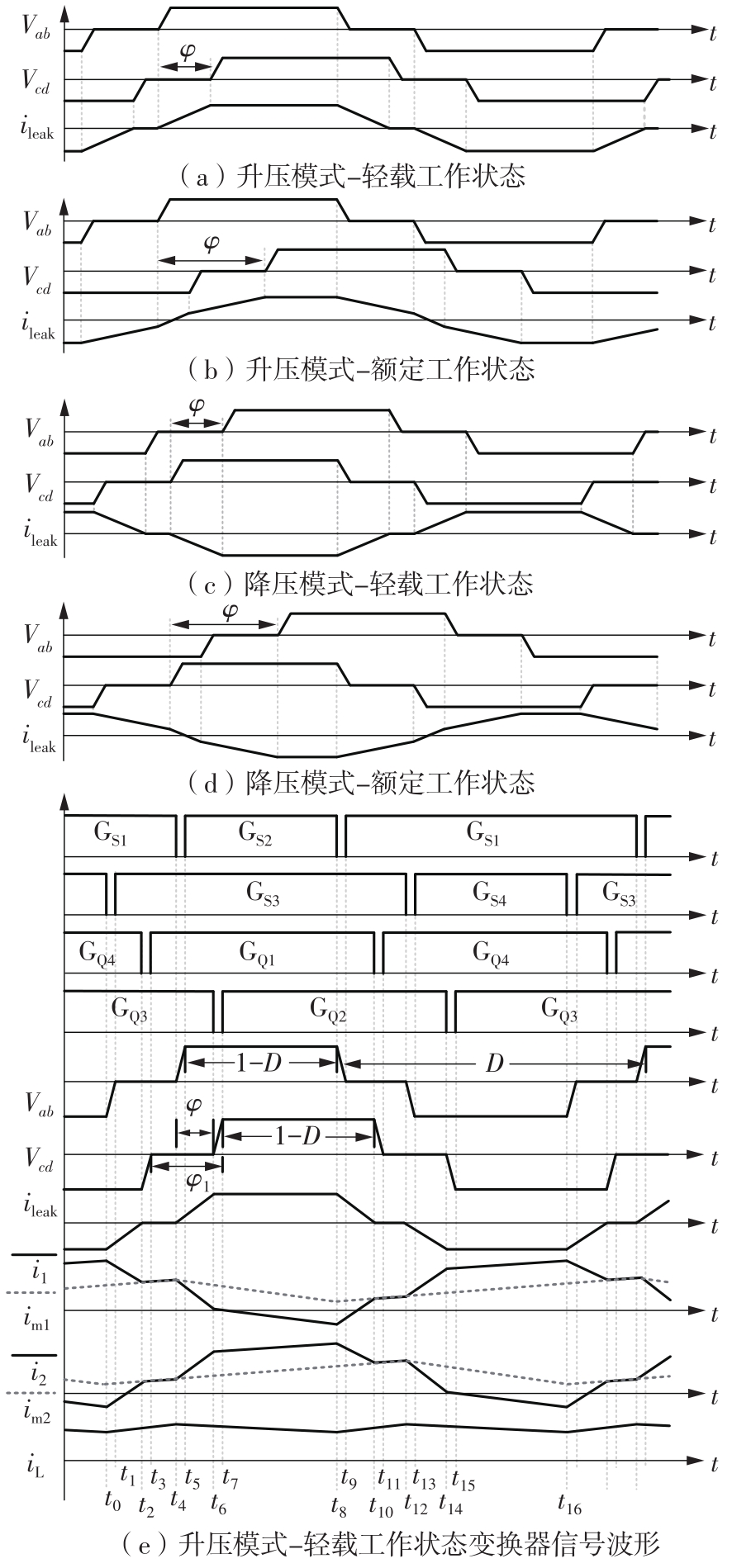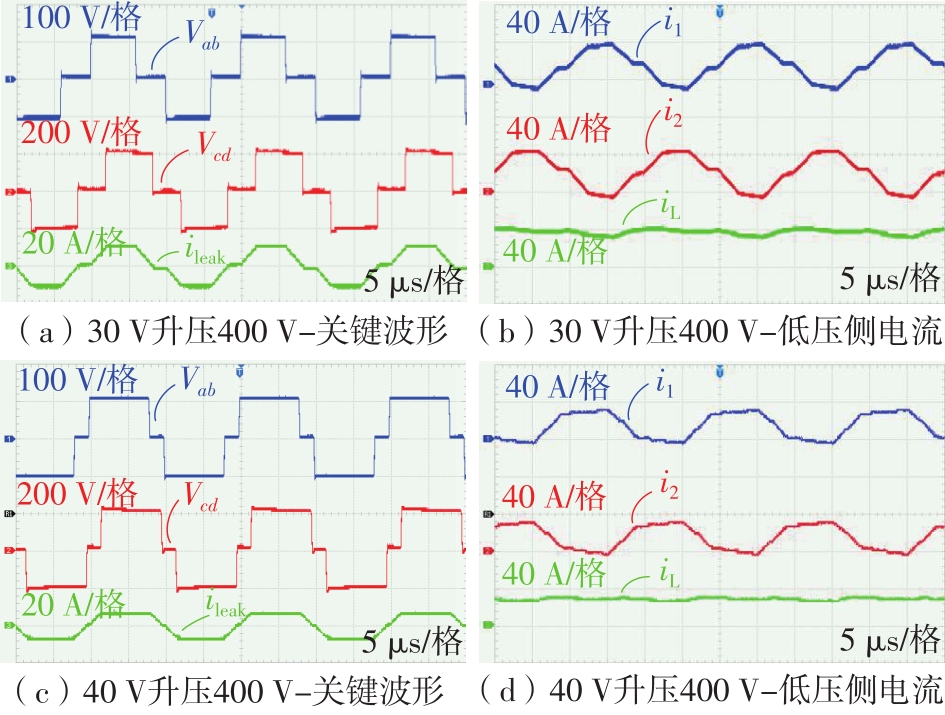| 1 |
李昊飞,余涛,瞿凯平,等 .综合负荷聚合商参与的配电-气能源系统供需互动均衡模型[J].电力系统自动化,2019,43(19):32-41.
|
|
LI Haofei, YU Tao, QU Kaiping,et al .Interactive equilibrium supply and demand model for electricity-gas energy distribution system with participation of integrated load aggregators [J].Automation of Electric Power Systems,2019,43(19):32-41.
|
| 2 |
张辉,梁誉馨,孙凯,等 .直流微电网中多端口隔离型DC-DC变换器的改进虚拟电容控制策略[J].电工技术学报,2021,36(2):292-304.
|
|
ZHANG Hui, LIANG Yuxin, SUN Kai,et al .Improved virtual capacitor control strategy of multi-port isolated DC-DC converter in DC microgrid[J].Transactions of China Electrotechnical Society,2021,36(2):292-304.
|
| 3 |
王冕,田野,李铁民,等 .应用于储能系统的双向DC-DC变换器研究[J].电工技术学报,2013,28(8):66-71.
|
|
WANG Mian, TIAN Ye, LI Tiemin,et al .Study of bidirectional DC-DC converters applied to energy storage system[J].Transactions of China Electrotechnical Society,2013,28(8):66-71.
|
| 4 |
雷志方,汪飞,高艳霞,等 .面向直流微网的双向DC-DC变换器研究现状和应用分析[J].电工技术学报,2016,31(22):137-147.
|
|
LEI Zhifang, WANG Fei, GAO Yanxia,et al .Research status and application analysis of bidirectional DC-DC converters in DC micro-grids[J].Transactions of China Electrotechnical Society,2016,31(22):137-147.
|
| 5 |
LI Z, LIZANA R, LUKIC S M,et al .Current injection methods for ripple-current suppression in delta-configured split-battery energy storage[J].IEEE Transactions on Power Electronics,2018,34(8):7411-7421.
|
| 6 |
ARDI H, AJAMI A, KARDAN F,et al .Analysis and implementation of a non-isolated bidirectional DC-DC converter with high voltage gain [J].IEEE Transactions on Industrial Electronics,2016,63(8):4878-4888.
|
| 7 |
TANG Y, WANG T, FU D .Multicell switched-inductor/switched-capacitor combined active-network converters[J].IEEE Transactions on Power Electronics,2014,30(4):2063-2072.
|
| 8 |
ZHANG Y, GAO Y, ZHOU L,et al .A switched-capacitor bidirectional DC-DC converter with wide voltage gain range for electric vehicles with hybrid energy sources[J].IEEE Transactions on Power Electronics,2018,33(11):9459-9469.
|
| 9 |
HU R, ZENG J, LIU J,et al .A non-isolated bidirectional DC-DC converter with high voltage conversion ratio based on coupled inductor and switched capacitor [J].IEEE Transactions on Industrial Electronics,2020,68(2):1155-1165.
|
| 10 |
XU G, WANG J, WANG H,et al .Coupled-inductor based dual active bridge converter with soft switching capability and low component count[J].IEEE Journal of Emerging and Selected Topics in Power Electronics,2021,10(4):4771-4782.
|
| 11 |
丁杰,高双,赵世伟,等 .基于拓扑组合的交错并联耦合电感高增益DC-DC变换器[J].中国电机工程学报,2021,41(5):1860-1871.
|
|
DING Jie, GAO Shuang, ZHAO Shiwei,et al .A high step-up DC-DC converter with interleaved and coupled inductor based on topology combination[J].Proceedings of the CSEE,2021,41(5):1860-1871.
|
| 12 |
李洪珠,程利弘,魏昕,等 .耦合电感倍压解耦磁集成高电压增益变换器[J].电工技术学报,2023,38(6):1584-1595.
|
|
LI Hongzhu, CHENG Lihong, WEI Xin,et al .Coupled inductance voltage doubling decoupling magnetic integrated high voltage gain converter[J].Transactions of China Electrotechnical Society,2023,38(6):1584-1595.
|
| 13 |
ZENG J, YAN Z, LIU J,et al .A high voltage-gain bidirectional DC-DC converter with full-range ZVS using decoupling control strategy[J].IEEE Journal of Emerging and Selected Topics in Power Electronics, 2019,8(3):2775-2784.
|
| 14 |
VINNIKOV D, LAUGIS J, GALKIN I .Middle-frequency isolation transformer design issues for the high-voltage DC/DC converter[C]∥ Proceedings of 2008 IEEE Power Electronics Specialists Conference.Rhodes-Greece:IEEE,2008:1930-1936.
|
| 15 |
PANOV Y, JOVANOVIĆ M M, GANG L,et al .Transformer-flux-balancing control in isolated bidirectional DC-DC converters[C]∥ Proceedings of 2014 IEEE Applied Power Electronics Conference and Exposition-APEC 2014.Fort Worth:IEEE,2014:49-56.
|
| 16 |
郭强,李山,谢诗云,等 .多相交错并联DC-DC变换器单电流传感器控制策略[J].电工技术学报,2022,37(4):964-975.
|
|
GUO Qiang, LI Shan, XIE Shiyun,et al .Single-sensor sampling current control strategy of multiphase interleaved DC-DC converters[J].Transactions of China Electrotechnical Society,2022,37(4):964-975.
|
| 17 |
苏冰,王玉斌,王璠,等 .基于耦合电感的多相交错并联双向DC-DC变换器及其均流控制[J].电工技术学报,2020,35(20):4336-4349.
|
|
SU Bing, WANG Yubin, WANG Fan,et al .Multi-phase interleaved bidirectional DC-DC converter with coupled inductors and current sharing control strategy [J].Transactions of China Electrotechnical Society,2020,35(20):4336-4349.
|





















